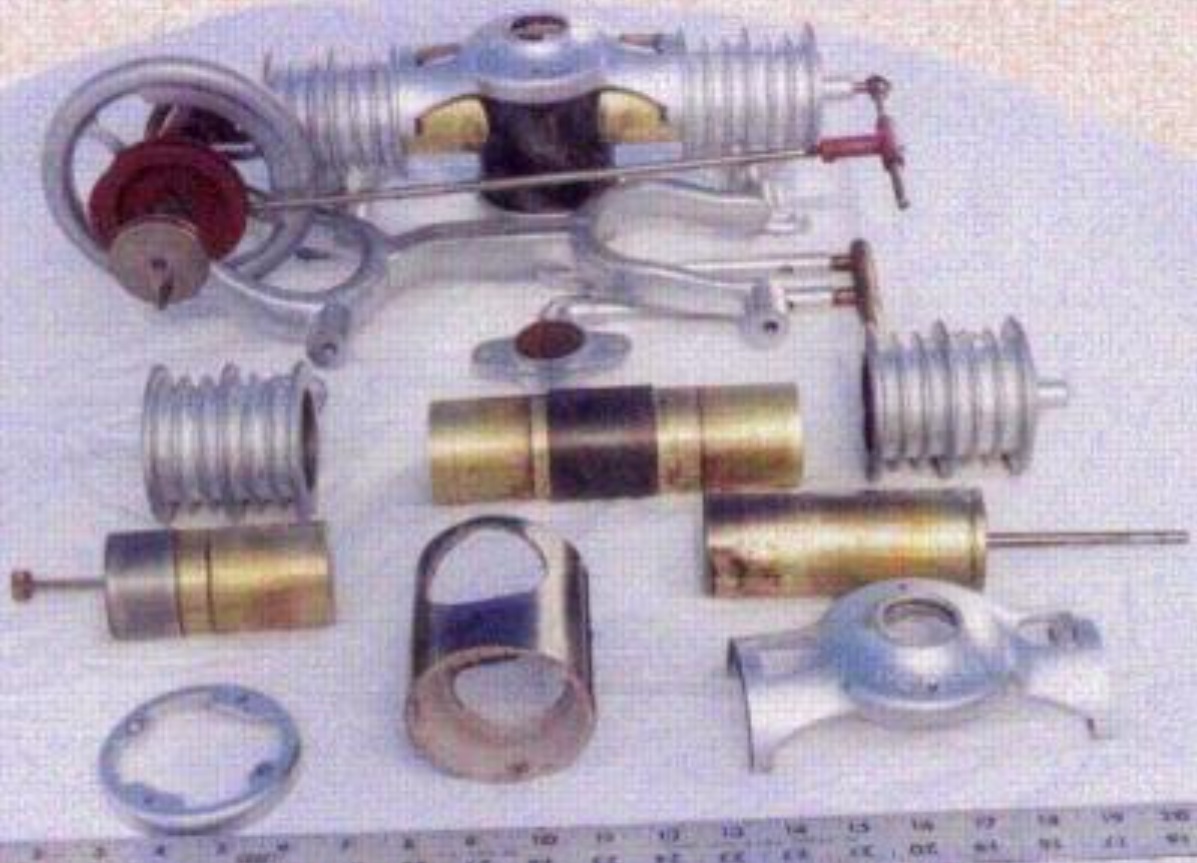I recall reading about a scientist that was exploring a remote cave, and discovered an un-listed animal that had six legs. By the rules of animal study, it was an insect, with the number of legs being the most important characteristic above all others.
However, it "looked like" a spider.
It ate like a spider, it reproduced like a spider. It injected venom into its prey with tiny fangs, just like a spider. It was indistinguishable from being a spider by every possible metric...except the number of legs. The fellow argued with his university, and they settled on calling it a "wingless fly", because the rules for nomenclature are well established now.
After examining the Essex for a while, I am convinced it is a Gamma, even though the displacer and power piston both use the same cylinder (from opposite ends). I say this while still accepting that it does have some characteristics of a Beta.
I say this because from my perspective, one piston is a power piston, and the other is a loosely-fitted displacer, which allows pressure to surround it equally, with its only job being to force the working gas back-and-forth between the hot and cold areas.
That being said, I am looking for examples of an Alpha that uses one cylinder (similar in appearance to the Essex) but the two pistons interact from either end, with a regenerator in the center. Pics courtesy of "myfordboy", with his lathe being a "Myford" brand tool.

- A
- StirlingEssex1.png (407.67 KiB) Viewed 102 times

- B
- StirlingEssex2.png (47.94 KiB) Viewed 102 times


